ZHCSK14E November 2007 – July 2019 VCA824
PRODUCTION DATA.
- 1 特性
- 2 应用
- 3 说明
- 4 修订历史记录
- 5 Device Comparison Table
- 6 Pin Configuration and Functions
-
7 Specifications
- 7.1 Absolute Maximum Ratings
- 7.2 ESD Ratings
- 7.3 Recommended Operating Conditions
- 7.4 Thermal Information
- 7.5 Electrical Characteristics: VS = ±5 V
- 7.6 Typical Characteristics: VS = ±5 V, AVMAX = 2 V/V
- 7.7 Typical Characteristics: VS = ±5 V, AVMAX = 10 V/V
- 7.8 Typical Characteristics: VS = ±5 V, AVMAX = 40 V/V
- 8 Detailed Description
- 9 Application and Implementation
- 10Power Supply Recommendations
- 11Layout
- 12器件和文档支持
- 13机械、封装和可订购信息
7.8 Typical Characteristics: VS = ±5 V, AVMAX = 40 V/V
At TA = 25°C, RL = 100 Ω, RF = 402 Ω, RG = 18 Ω, VG = 1 V, VIN = single-ended input on +VIN with –VIN at ground, and SO-14 package, unless otherwise noted.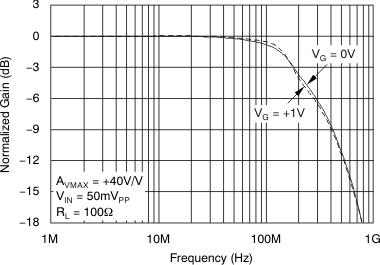 Figure 44. Small-Signal Frequency Response
Figure 44. Small-Signal Frequency Response 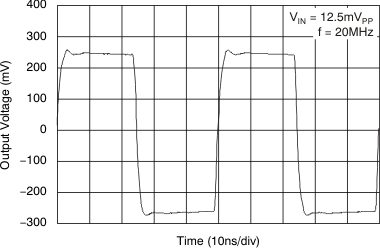 Figure 46. Small-Signal Pulse Response
Figure 46. Small-Signal Pulse Response 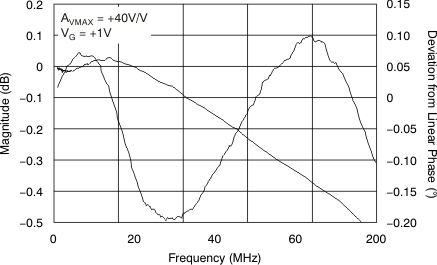 Figure 48. Gain Flatness, Deviation from Linear Phase
Figure 48. Gain Flatness, Deviation from Linear Phase 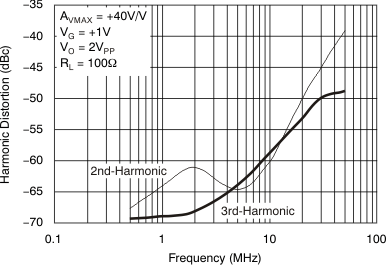 Figure 50. Harmonic Distortion vs Frequency
Figure 50. Harmonic Distortion vs Frequency 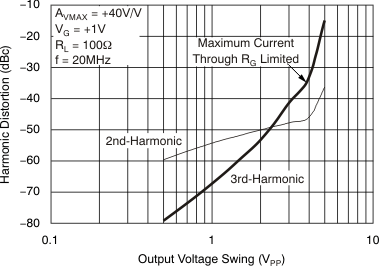 Figure 52. Harmonic Distortion vs Output Voltage
Figure 52. Harmonic Distortion vs Output Voltage 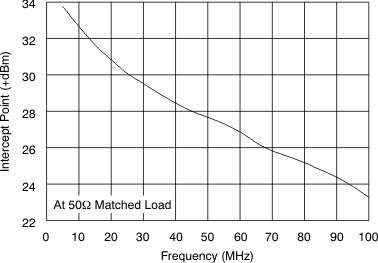 Figure 54. Two-Tone, 3rd-Order Intermodulation Intercept
Figure 54. Two-Tone, 3rd-Order Intermodulation Intercept 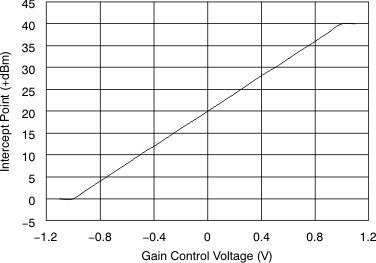 Figure 56. Gain vs Gain Control Voltage
Figure 56. Gain vs Gain Control Voltage 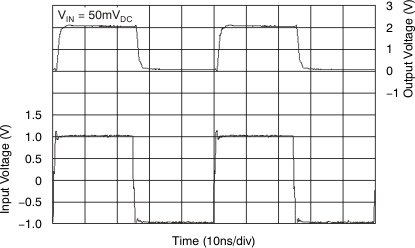 Figure 58. Gain Control Pulse Response
Figure 58. Gain Control Pulse Response 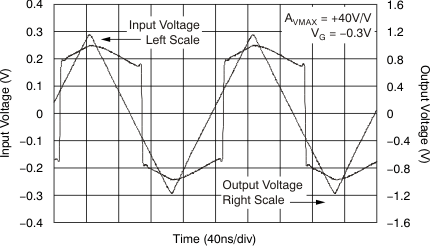 Figure 60. IRG Limited Overdrive Recovery
Figure 60. IRG Limited Overdrive Recovery 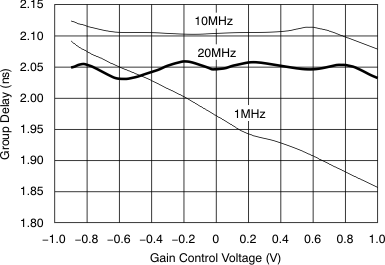 Figure 62. Group Delay vs Gain Control Voltage
Figure 62. Group Delay vs Gain Control Voltage 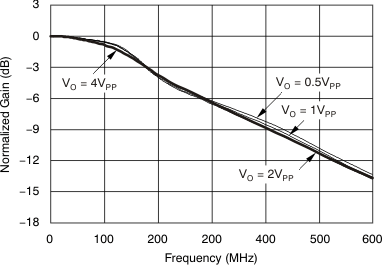 Figure 45. Large-Signal Frequency Response
Figure 45. Large-Signal Frequency Response 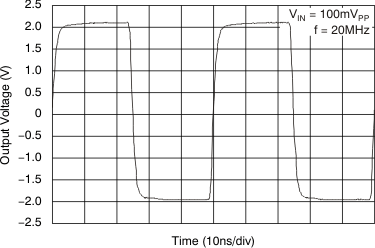 Figure 47. Large-Signal Pulse Response
Figure 47. Large-Signal Pulse Response 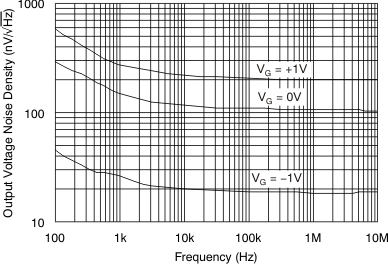 Figure 49. Output Voltage Noise Density
Figure 49. Output Voltage Noise Density 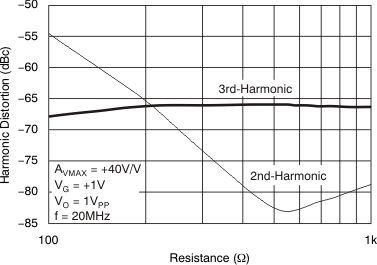 Figure 51. Harmonic Distortion vs Load Resistance
Figure 51. Harmonic Distortion vs Load Resistance 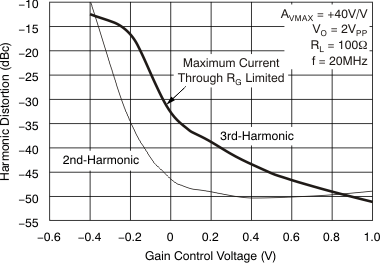 Figure 53. Harmonic Distortion vs Gain Control Voltage
Figure 53. Harmonic Distortion vs Gain Control Voltage 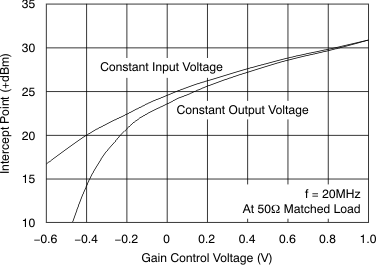 Figure 55. Two-Tone, 3rd-Order Intermodulation Intercept vs Gain Control Voltage
Figure 55. Two-Tone, 3rd-Order Intermodulation Intercept vs Gain Control Voltage 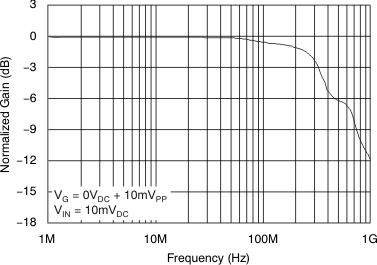 Figure 57. Gain Control Frequency Response
Figure 57. Gain Control Frequency Response 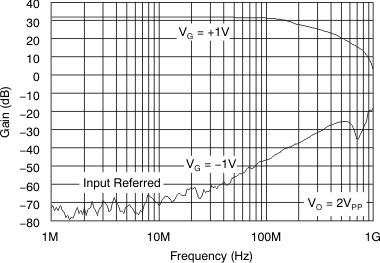 Figure 59. Fully Attenuated Response
Figure 59. Fully Attenuated Response 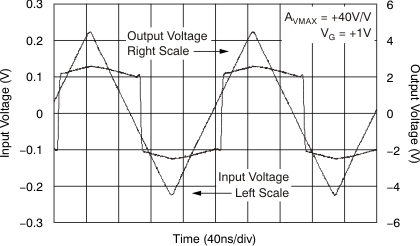 Figure 61. Output Limited Overdrive Recovery
Figure 61. Output Limited Overdrive Recovery 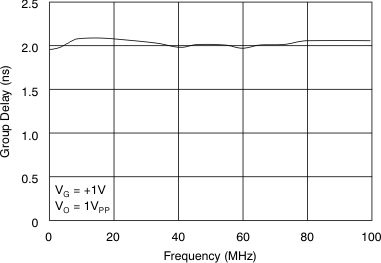 Figure 63. Group Delay vs Frequency
Figure 63. Group Delay vs Frequency